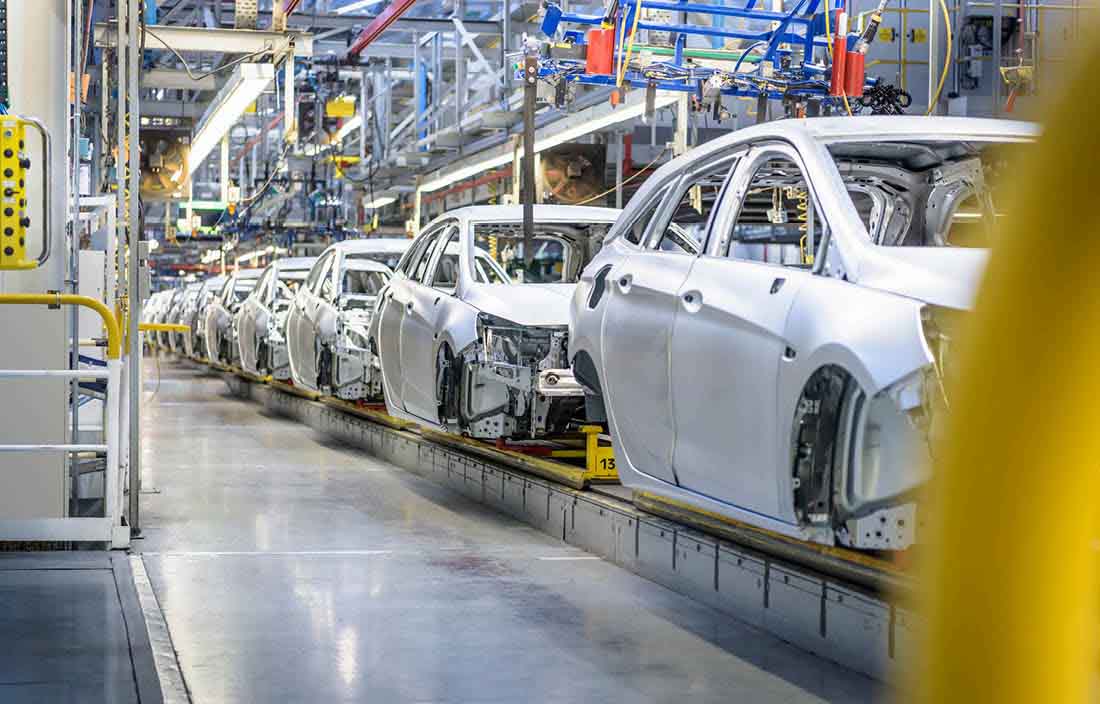To achieve vehicle efficiency requirements, vehicle mass will need to be reduced. Materials aren’t only integral to vehicle mass reduction but also must deliver safety, performance, and cost requirements.
Trends like electrification, lightweighting, and an increased focus on sustainability are redefining the material makeup of the vehicle with significant implications for automotive tiered (1–3) component suppliers. Understanding them is critical to maintaining your market position and aligning your value proposition with market needs. How do you pivot your product portfolio and capabilities? Our experts share insight into the probable material transition of the industry and the strategic implications to stay in the game.
Not all tiered suppliers are feeling the changes just yet, but the components you supply, and the material you use, could become obsolete in a matter of years. Perhaps your company makes interiors that work just as well in an electric vehicle as they do in an internal combustion engine. Or perhaps you’re a metal-forming supplier whose product is being lightweighted through a transition to extruded aluminum. Whatever you produce, now’s the time to formulate a data-driven strategy that keeps your market position and value proposition aligned with market requirements. Find out how our experts can help.










